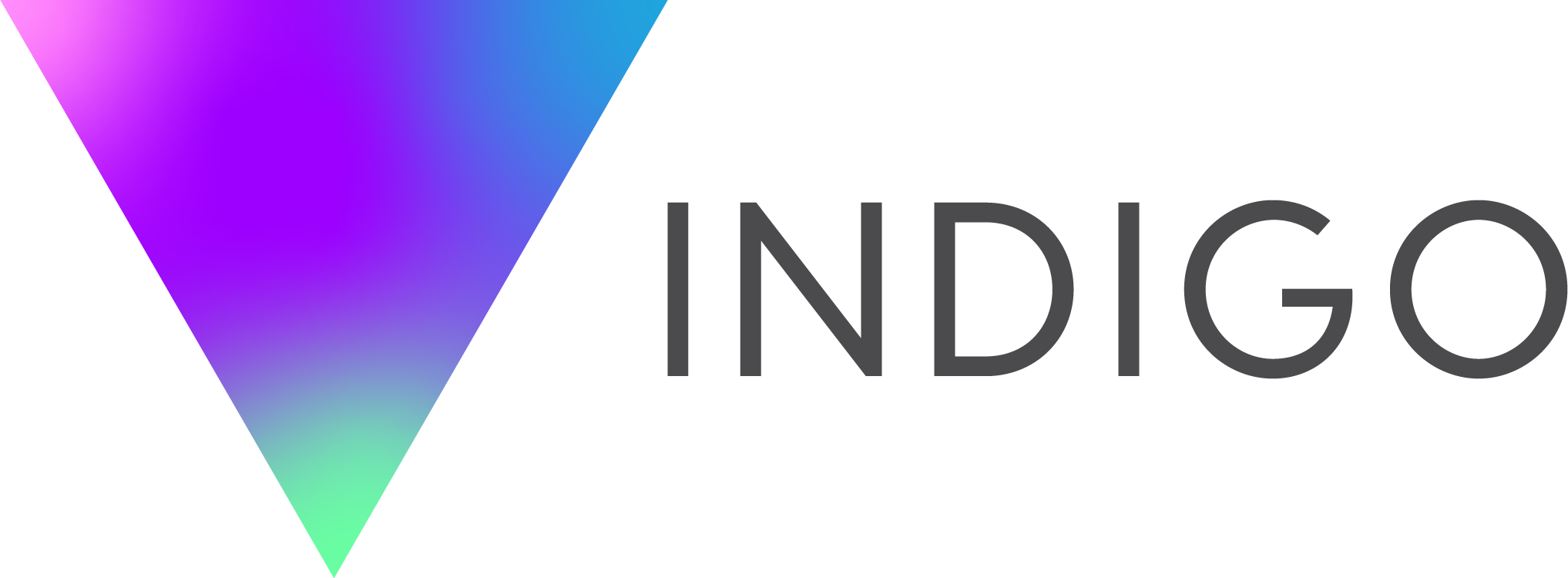Gold in Branding 2018
Gold in Branding 2018
Gold in Branding 2018
Stepping into the Spotlight with Michelle Tang
Visual Designer
by Michelle Tang | 23 Jul 2019



Besides paint strips and adorable panda bears, the visual designer is highly passionate about branding and printing production as well, and takes the superhero approach to being a boss: by day she tackles hands-on projects that involve brand communications, packaging and exhibition designs; by night, she takes the world by storm— coming up with new initiatives for brands with high potential, or discovering opportunities for collaboration, with is sort of like finding the perfect sidekick.
Tang’s professional approach is straightforward. When asked to describe the best method of execution, her answer was threefold: communication, organization, and execution. “As a visual designer, I create stunning visuals to attract consumer’s eyes. However, there is a lot more [to it] than that,” she says. “To me, the biggest challenge is communicating with different parties. Before I can start exploring and having fun with the visuals, I have to work with different parties to research, plan, and organize— things that really bore me as a designer. However, I really love the execution stage where I can play with different materials and [have fun with] printing methods,” Tang says. This approach makes her sound like a solid candidate for the job, as seemingly the artist covers all bases to get the finalized product just right. What’s the best thing about her job? — we ask. “In the modern digital world, the best thing is to have the resources to work on things in the classic way, that is, creating tangible designs that speak to a person’s soul,” the designer says.



As with any great talent, ability has to start somewhere. Tang credits her journey and learning process to a fellow peer and life coach. “Charlie Yip, a young and talented art director, has been the biggest single influence on my way of thinking,” she says. “We met at college and since then we often collaborate. He showed me the importance of having a great concept to support the visuals, and I’m always amazed by the wide range of technical skills he possesses. His positive attitude and dedication at work earned him huge success in his creative career,” adds Tang. Since these early days, it’s clear that the Hong Kong based artist has honed her craft over the years. To do so, she implements a clear set of steps to execute her creative process as a designer. First, “always approach a brief with design thinking. Know your users and your target audience. Begin with a strong idea and think of 100 executions, keep trying and ask your target audience how they feel about your work. Keep testing and improving. Always remember that you are designing for the people who use the product, and start everything from there,” she says. Wise words, but how does she know her process works?
Key metrics help track the success of her designs, she explains. “I always take initiatives to work on different briefs, and from there, [I] learn the skills needed to execute the idea from tutorial videos or senior [designers], then apply it to the work right away. You’ll find out you learn much faster than going for some random skill that might fascinate you,” she says. The visual art designer is as confident as she is talented, possibly due to the advice she swears by, which is to never settle for second best when there’s always better. When asked about the best piece of advice worth repeating to others, Tang says: "There isn’t the best solution, but always better solutions." Very true, as these simple words demonstrate the diligence and determination carefully employed through the artist’s work.
Key metrics help track the success of her designs, she explains. “I always take initiatives to work on different briefs, and from there, [I] learn the skills needed to execute the idea from tutorial videos or senior [designers], then apply it to the work right away. You’ll find out you learn much faster than going for some random skill that might fascinate you,” she says. The visual art designer is as confident as she is talented, possibly due to the advice she swears by, which is to never settle for second best when there’s always better. When asked about the best piece of advice worth repeating to others, Tang says: "There isn’t the best solution, but always better solutions." Very true, as these simple words demonstrate the diligence and determination carefully employed through the artist’s work.
This mindset is what keeps Tang moving forward, and the approach landed her a favorite piece from her design portfolio. When signing on to undertake a branding project for Noritake Co., Limited, a technology company headquartered in Nagoya, Japan, she knew she was in for something big. “The company is an acknowledged leader in tableware manufacturing and marketing with subsidiaries, factories, and affiliates around the world,” she says. “The idea of the rebranding project was to revamp a visual identity, its packaging design and digital asset, as well as to design a set of graphic designs and concepts for corporate swag. In order to drive demand and interest from a high-end audience, the new graphical elements design was adopted with traditional Japanese features, color, and the signature flag of Japan – Hinomaru,” says Tang. Wow, sounds like the brander really does interweave the classics with new-age musing of the industry, as well as the soul. When asked what she enjoys most about her work, Tang replies: “things never get boring, and there's always new things to learn,” she says. Well said.







